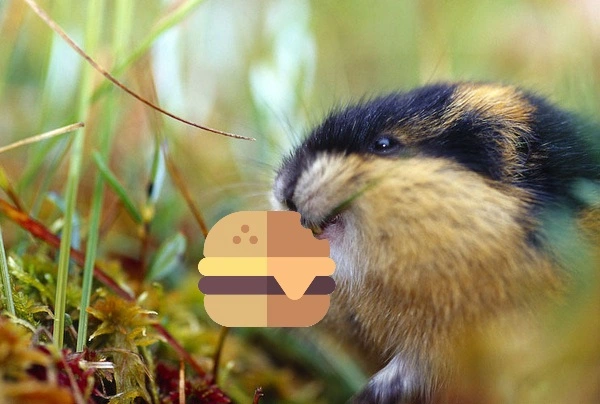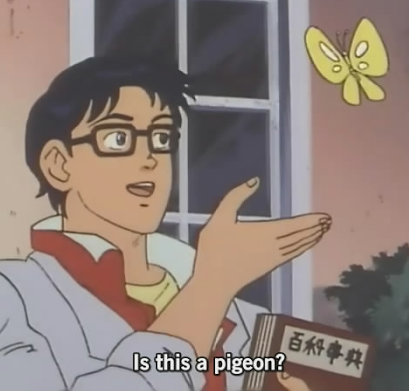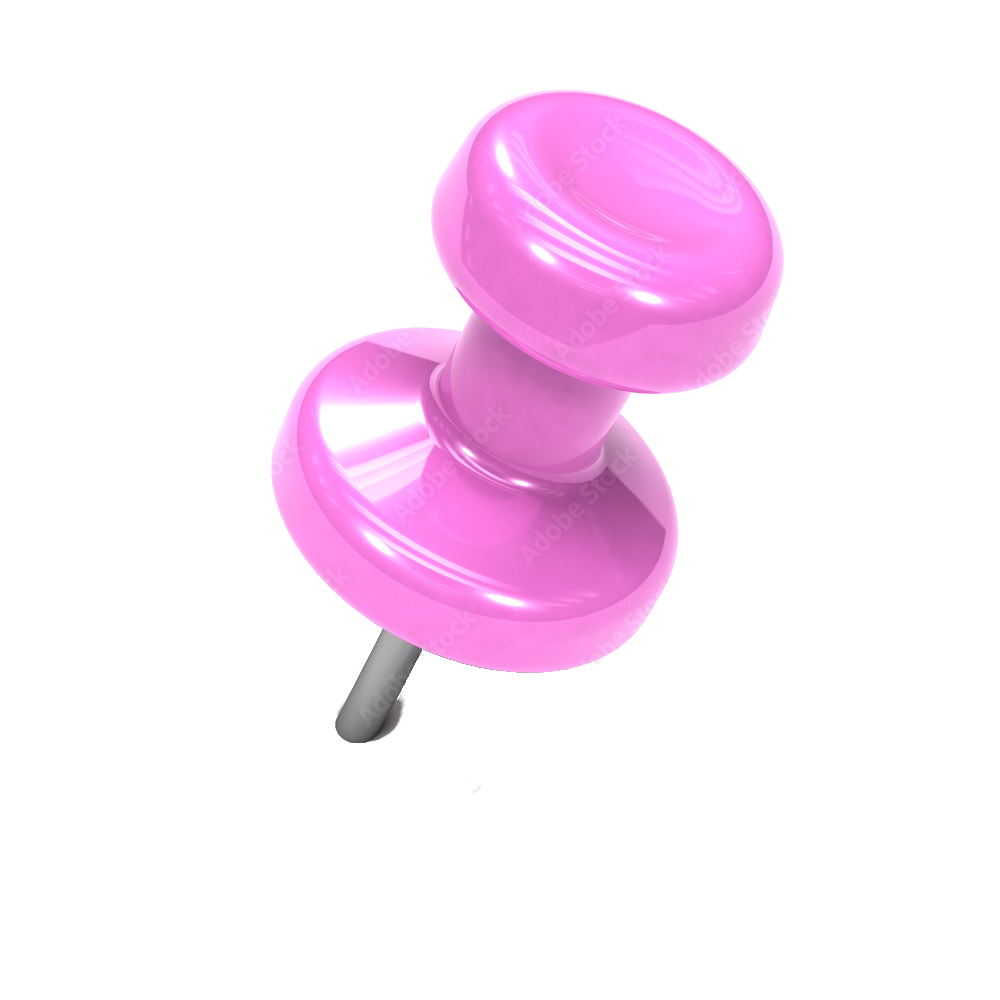Plastic. Its in your blood ffs
This may be true but I hate the practice of referring to “plastic” as if it’s a single substance. It’s a bunch of different materials that don’t really have that much in common with each other, especially from a health/toxicity standpoint.
For example, people treat it as common sense that “you shouldn’t burn plastic” because the smoke is “toxic”. For PVC this is totally true, it makes very nasty stuff like dioxin that will poison you. But on the other hand you can burn polyethylene (think milk jug) and it’s no more toxic than burning a candle. Definitely way healthier to breath than wood campfire smoke, for example.
There’s also such a silly pattern where people learn some chemical might have some effect on the body and suddenly everyone is up in arms about it. For example Bisphenol A in many applications was replaced by the very similar Bisphenol S just so things could be labeled “BPA Free”. BPS probably has similar estrogenic effects to BPA.
I’d say the moral of the story is be wary of received wisdom about chemical toxicity from people who aren’t chemists.
Not only BPAs but many chemicals like BPAs can cause birth defects because our bodies think they are estrogen.
If this worries you, read the books It Starts With the Egg and Grain Brain.
They both suggest that not only what you eat, but how it’s prepared can affect the health of a child.
For instance it’s a big no-no, according to It Starts With the Egg, to heat most plastics in the microwave. The heat breaks the plastic down, it can get in your blood, your body will think it’s estrogen, and they don’t even know the full effects of this yet.
So think about
- burritos in plastic wrapping,
- cling wrap on a bowl,
- reheating leftovers in Tupperware,
- disposable cutlery
These chemicals are not just in food:
- your car’s interior
- your cell phone case
- even the clothes on your back, unless they’re 100% pure, untreated, natural fabric, may have been made with these chemicals.
Micro plastics. We were advertising them in facial scrubs ffs.
This right here. We are undoubtedly the plastic generation. And it’s not letting up any time soon; our kids will be included in this cohort as well. Banning plastic bags in cities is next to useless when everything we eat, everything we drink, and everything we buy is wrapped in plastic.
My country is exceptionally bad about this.
Buy a plastic package of crackers? It will be filled with smaller packages of crackers all wrapped in plastic with a plastic freshener pack for each one. I am not exaggerating. I am not sure I have ever bought something that didn’t have at least two degrees of plastic wrap.
We did stop giving plastic bags out at cashiers unless requested, but that means shitall when everything you buy is triple-wrapped to begin with.
If it makes you feel better a significant amount of microplastics come from tires wearing away on the road.
Microplastics and PFAS
No, seriously, these two will kill Earth, and us
PFAS, which are needed to produce teflon and other nonstick materials. It currently begins to attack attention, but wasn’t really an issue a few years ago. It doesn’t decay naturally so it will be forever in the environment. The EU is even planning to ban all PFAS.
Social Media
Probably brake pads. Everyone’s living in cities now, just breathing in brake pad and lead particles.
Oh and car tires. Just huffing those all day.
Microplastics
Microplastics and plastic related byproducts, like phtalates (which are connected with a decreased fertility in mammals)
I’m positive that the long term effects of these substances, that can be found in every link of the food chain nowadays, will be discussed a lot in the futureTeflon.
Fossil fuels.
Things have slowly drifted from “we might wanna consider doing something before this becomes a problem” to “we need an immediate and concrete plan” to “anything short of immediate and drastic action is killing and will continue to kill people” over the course of the last decade or two.
Microplastics are the new lead, and screens are the new tobacco, in my opinion. Overuse of sugar in processed foods is the new version of how they’d cut food with inedible stuff like sawdust back in the day.
My mom become an avid anti-plastic person after watching videos and reading things about the damages that microplastics do to the health, nature and the planet. She does everything she can to avoid using plastic things!
Care to elaborate? Always looking for new tips to cut back on my personal plastic use.
Soft drink. They are just sugar water and color chemistry that give color and flavor.
sugarfree soda represent, aspartame has been repeatedly proven to be safe.
https://www.telesurenglish.net/news/WHO-Warns-Artificial-Sweetener-May-Cause-Cancer-20230714-0023.html Published just a few days ago
This just further reinforces that aspartame is safe, they’re not even reliably able to show that it causes cancer in any amount, just that it might do so.
They specifically say that it’s perfectly fine to drink up to like 14 cans of aspartame soda per day for a 70kg person.
That’s still not good. Id rather not consume a disgusting tasting possible mild carcinogen












